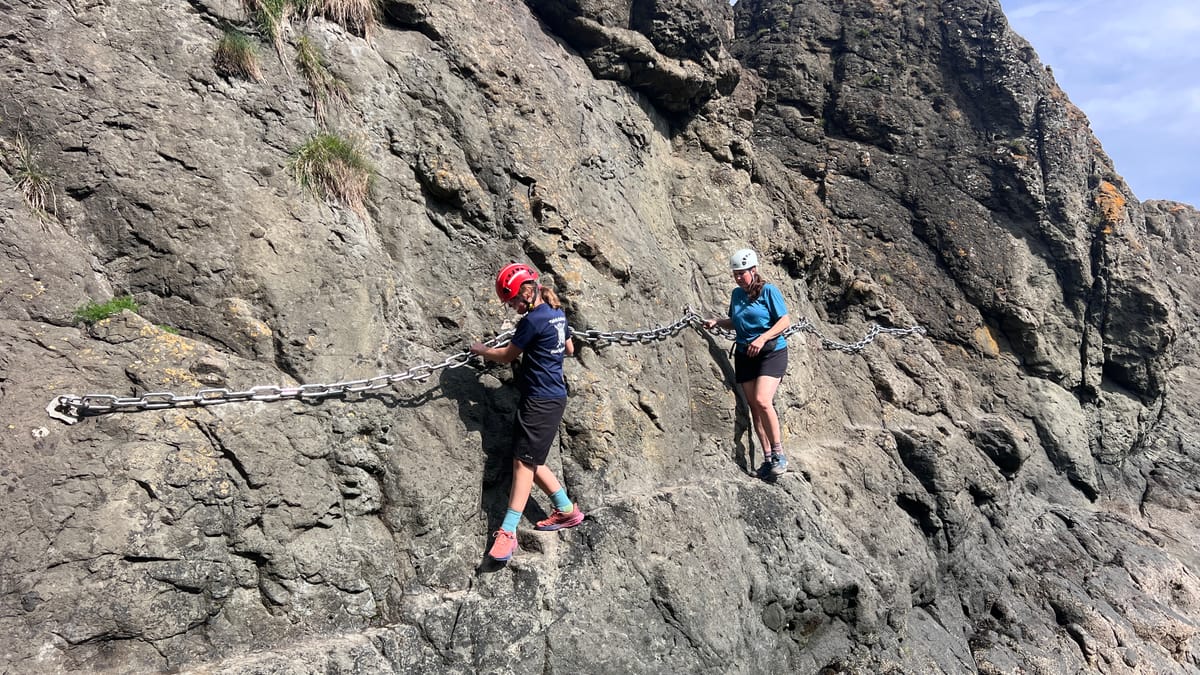If you’ve been following our journey then you may recall that on Tuesday 5th April we set off walking from Fort Augustus and it was wet, oh so wet! We walked down the tow path by the Caledonian Canal and we came to a lock that a group of people were working on. They had drained a section of the canal which allowed us to see the sheer scale of it. It was huge! This led to quite a few questions from Eve, such as why was it built? how was it built? what sort of boats would’ve sailed on it? what stuff was transported? and why were the lochs part of the canal?
If you’re home-edding and love child-led discussions then these kinds of questions are brilliant. You can sit down and look up the answers together. However, when it’s pouring down and you’re outdoors then it’s not so great.


I thought we could take a stab at some of these questions here so you can see how simple questions lead to interesting things.

Why was the Caledonian Canal built?
Originally thought of in 1773 to provide a safe route to link the east and west coasts that avoided the dangers of Cape Wrath and the Pentland Firth. [Follow up questions: Where are Cape Wrath and the Pentland Firth? Why are they dangerous?]
It would provide a route for the British Royal Navy & for men who wanted to trade. Herring fishermen who followed fish migrations coast to coast could use the canal as a short cut.
In 1803 Thomas Telford was asked to survey and build the canal, along with help from William Jessop. It opened in 1822 but Telford was disappointed that not as many ships used it as he had hoped. He died in 1834 and the canal was almost closed indefinitely in 1837. Luckily, James Walker convinced the government to spend more money to complete the work and it was reopened in 1847. [Follow up questions: Who was Thomas Telford & what other projects did he work on?]


Why are the lochs part of the canal?
The Caledonian canal is 97km long but 60km of it runs through 4 natural lochs: Dochfour, Ness, Oich and Lochy. At first thought this seems an easy thing to do as over half of the canal is already taken care of! However, at the northern end, Loch Ness is 50 feet above sea level, whilst at the southern end Loch Oich is 105 feet above sea level. The canal required 37 km of artificial cutting and 28 locks (which later became 29). [Follow up question: How do locks work?]
A steam dredger was used (purpose built in 1814) that was 2.4m long and 7m wide. It had 25 buckets on a 12.8m frame and was powered by a condensing steam engine. [Follow up questions: What does a steam dredger look like? What is a condensing steam engine?]
The canal channel was designed to be 33.5m wide at the surface, 6.1m deep and 15.2m wide at the bottom. When it opened in 1822 though, it only had a minimum depth throughout of 3.7m because of difficult ground conditions. Eventually the canal was deepened to 5.2m and could finally attract larger ships for the Baltic trade. [Follow up question: How deep does water need to be for different sized boats/ships to sail on it safely?]
Neptune’s Staircase
Neptune’s Staircase is a staircase lock on the Caledonian Canal made up of 8 locks. It’s located at Banavie, near Fort William, and is the longest staircase lock in Britain.
It takes around 90 minutes to pass through the locks and you will have been raised (or lowered) by 19m!
[Follow up questions: How many different types of locks are there? What’s the difference between staircase locks and flights? Which canal has the most locks in the UK?]


Highlights
In 1991 the Tall Ships passed through the canal in a procession.
In 1873 Queen Victoria took a trip along the canal.
[Follow up questions: What are the tall ships? Why did Queen Victoria travel along the Caledonian Canal? Have any other special events taken place on the Caledonian Canal?]
This is a great way for kids to learn and you can see how many other follow up questions spring from the original question, and then there can be more questions from the follow up questions! If kids are asking questions then they’re thinking about stuff. If they’re thinking about stuff then they’re learning and surely that’s the point of education.
Takeaways from this post
Not all questions are easy to answer/seem to have one definitive answer and it’s ok for kids to realise that.
This article isn’t really to inform you about the Caledonian Canal (there are plenty of online resources), but rather to show you how questions can bounce around from subject to subject, depending on the questions asked. We hope you like the answers gathered here, but again some of the information online differs so it may not be the exact truth!
Subjects are rarely packaged into neat separate boxes in the real world. So this topic is a good example of Geography (places/waterways on a map), Science/Engineering (how the canal was built, locks etc.), History (timeline of events/how events shaped the building of the canal), Maths (either calculations used when building the canal, or maybe working out how long various sections are and how long they will take you to sail along them) and probably many more that I can’t think of right now!
Resources/Further Reading
https://www.shippingwondersoftheworld.com/caledonian-canal.html
Find out more about all Scottish canals and their heritage at Scottish Canals (scottishcanals.co.uk)
http://www.engineering-timelines.com/scripts/engineeringItem.asp?id=1226
http://greatglencanoetrail.info/the-trail/history-of-great-glen/index.html








Comments